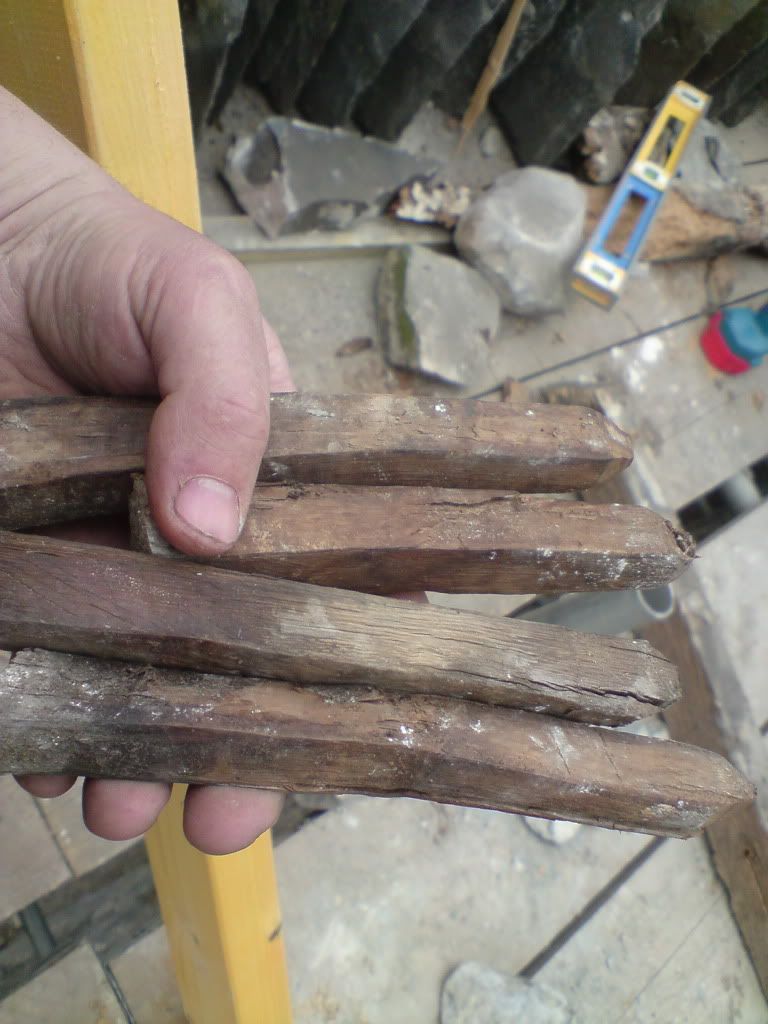Backwoods
ArboristSite Operative
I installed an Oak floor using wide planks. It had its challenges compared to narrow flooring. The planks had been barn dried, planed down to a full 1”thick, and then jointed. The floor consists of equal amounts of 6”, 8”, 10”, 12” and 14” wide mostly quarter sawn planks in random lengths. Each board is fastened down with four #14 1 ½” machine screws that are counter sunk in 7/8” holes with horizontal slots for expansion and contraction.



























































